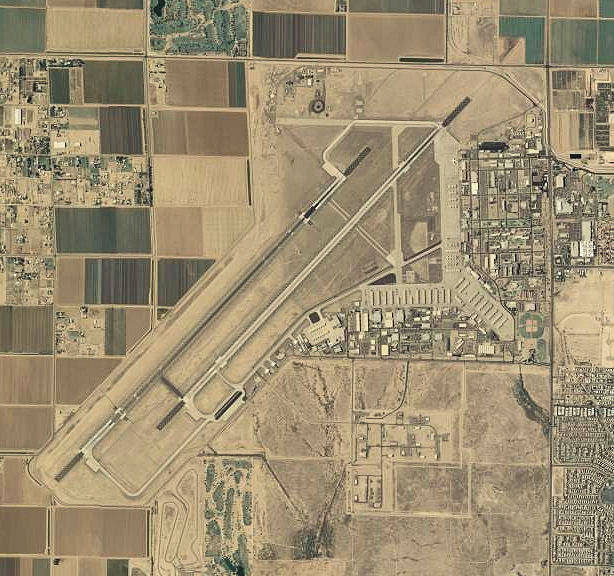I've posted on the potential for US Civil War II before, but this meme and memes like it amuse and scare me:
1) Active vs. Civilian
See all those active duty guys in the picture (and the ones inferred to be behind them)?
Guess what they become when they get out of the military?
Civilians. Specifically, veterans.
They don't have their brains wiped, they take their experience with them, and they don't necessarily stay clean-cut and in great shape...
...instead, they start looking like you and me after a while...
...they also tend to vote Republican, own guns, raise their kids with guns, and often end up being the fathers and mothers of the next generation of veterans. The same sort of people you see in the top image.
Though many civilian gun owners never served a day, many veterans are gun owners. They have had the same training at some point in the past as the active duty troops. Many of the most experienced, in terms of fighting guerrilla conflicts with the US military are now out of the service and within the population at large.
These are the sorts of men that become cadre or trainers for a revolutionary force in the next conflict. These will likely form your small group leaders, teaching and leading, except they don't need to waste time on things like wear and appearance of a Marine's dress blues or how to chip paint on a Navy ship.
Many do not keep the same level of physical fitness as they had on active duty, but the battlefields we may have to fight on aren't often that far away. It's going to be down the road, wherever the local military logistics go through, etc. Besides, give a civil war enough time and we'll all be a lot skinnier as the rural areas turn away from supplying the urban areas.
So, what you're looking at in the cells of that meme--in many ways--isn't necessarily a set of adversaries the meme-maker intended.
Instead, you're looking at the same groups of people at different times in their lives and--if push came to shove--you're going to have to consider seriously where those active duty troops' allegiance will primarily fall: Their families and people like them or the government they temporarily are being employed by?
2) The Reality of Civil War.
Let's take, for example, the US Air Force's Luke Air Force Base here in Arizona.

Here's a lovely overhead view. The rectangular patches around to the north and west are farms, the green patchy area to the south is a golf course, and the dense-packed area to the southeast is regular old housing. There is no wall, only a couple of chain link fences, a draining ditch, and a clear line of sight to the flight-line in most areas.
While unaccompanied airmen often live on post, families live off-post in privatized housing or anywhere else they want in the community. They and their families attend local schools, including colleges. They shop in the same stores. I live half a dozen or more miles away and I've seen at least 4-5 airmen from Luke AFB who live in my apartment complex, probably with their wives/husbands or families.
Yes, that's right. The same pilots that will be flying those F35's to come bomb your neighbors into submission live in those same neighborhoods. The people they will have to kill will be their neighbors and odds are, they're going to not make many friends when they do it.
Even funnier, across the valley in Mesa, is the primary manufacturing plant for Apache helicopters.
Again, an airfield surrounded by a chain link fence with the people who work there often veterans themselves and living in the same community. Those attack helicopters require spare parts and, yes, the Army have quite a lot on hand. However, the would likely be the only parts they would get until it was all over and there's a good chance the people they would end up having to fight include some or all of the people making the helicopters.
See, what most people don't understand is--when the US military fights abroad and we support them--there is no need to isolate them here at home. There's never been a need to do more than a general security effort at keeping thieves from pilfering military supplies. They literally travel over the same roads and rails that all of our other supplies do. There is little or no risk to having easy access to the military's bases, the manufacturers of military gear, the recruiting centers and training posts soldiers, sailors, marines, and airmen pass through on their way to a more permanent posting, often back in the same sort of neighborhoods they grew up in.
If the US military ever finds itself fighting the US people, it's going to be point blank and personal on the same streets everyone lives on and everyone's home and family will be at risk. If the military is smart, it will either find a way to sit out the war or it will immediately side with the people.
If it isn't smart, it will rapidly find it's posts and armories threatened and a source of heavy weapons for the people at large.
So, every time I see memes like those up top there, it makes me wonder just how little the people making them understand the life of their neighbors and what risk that lack of understanding puts the rest of the country in every time they politically bet on it.
